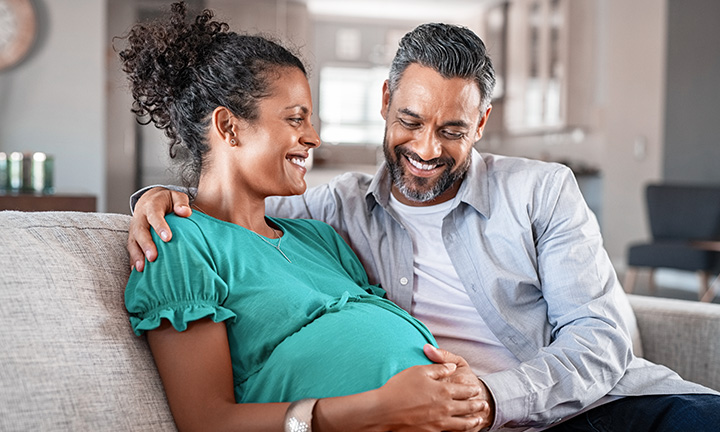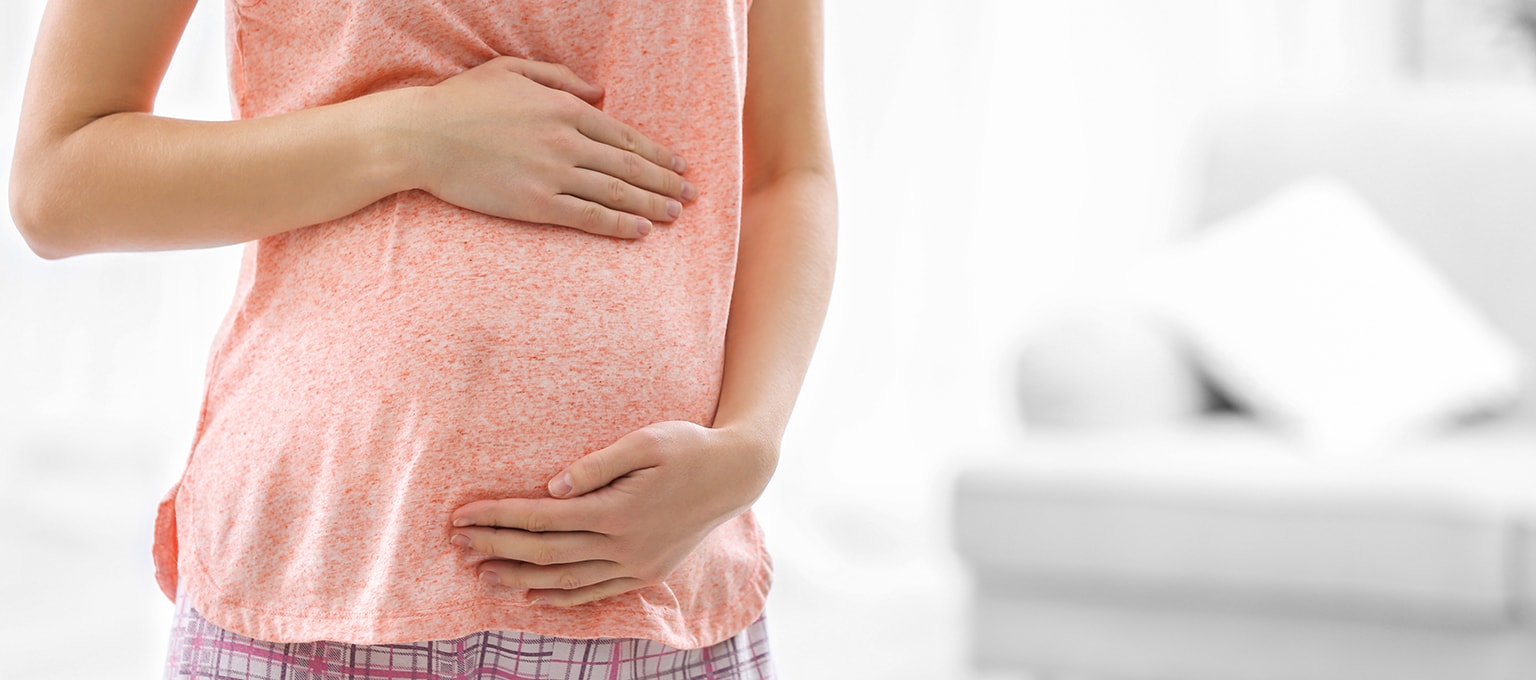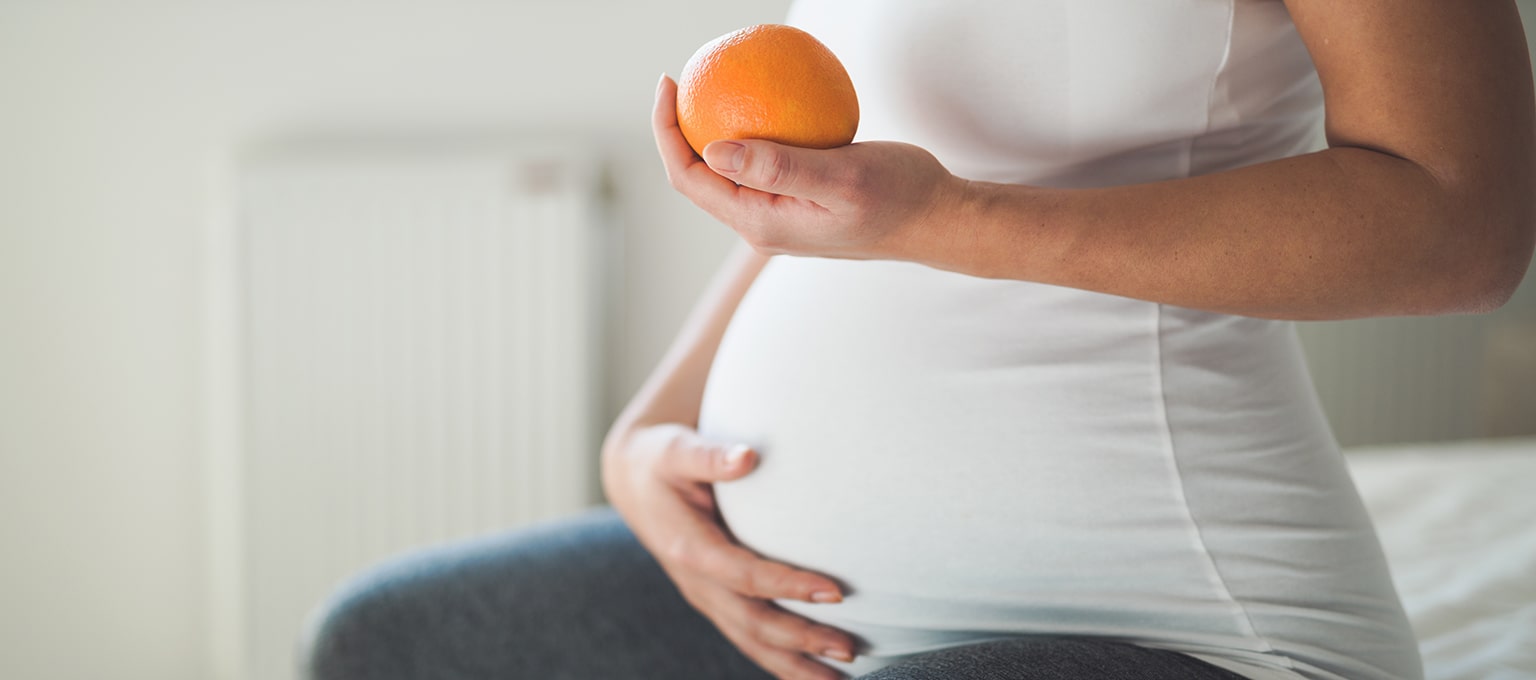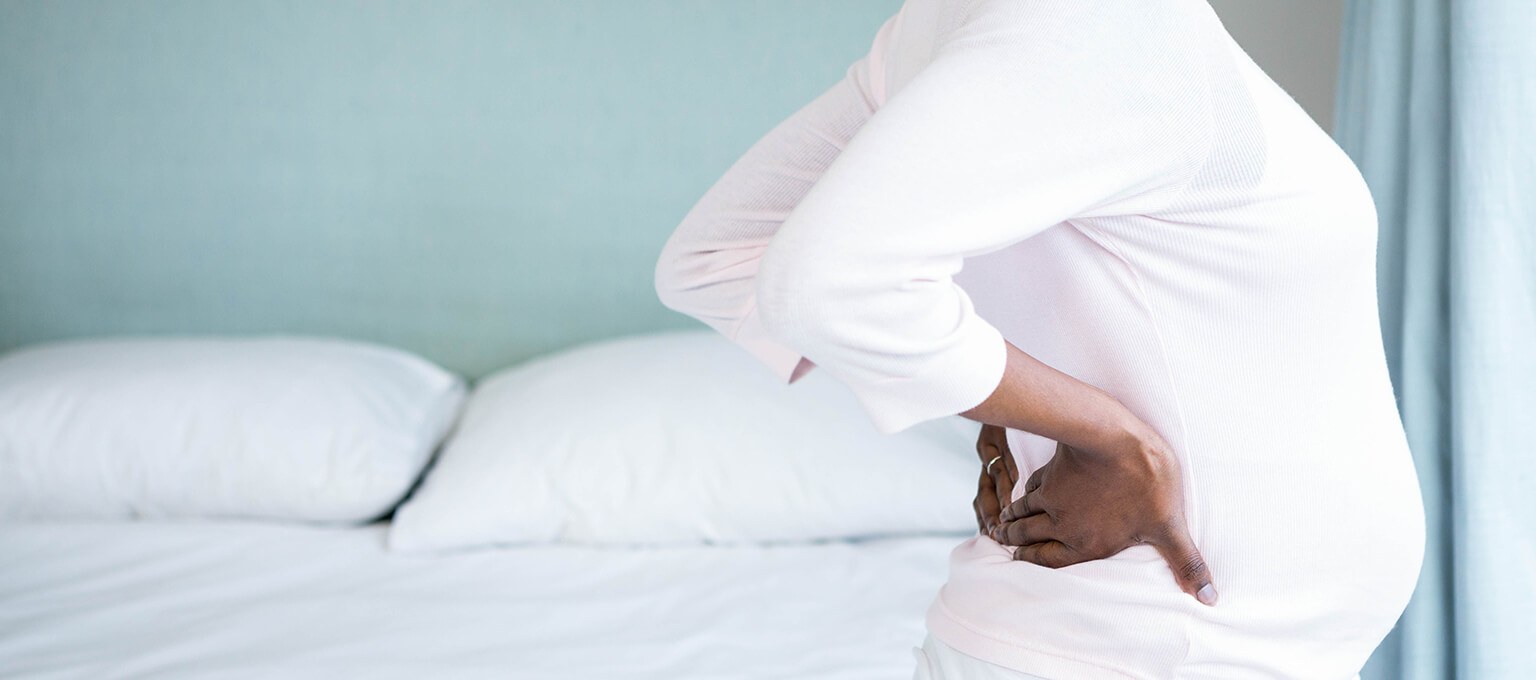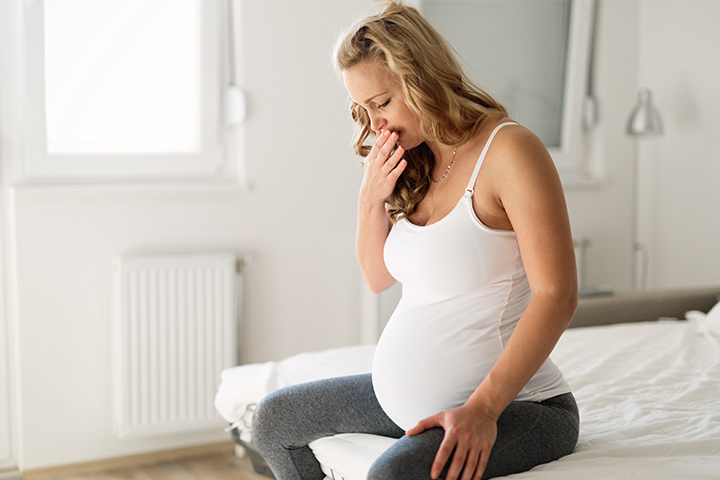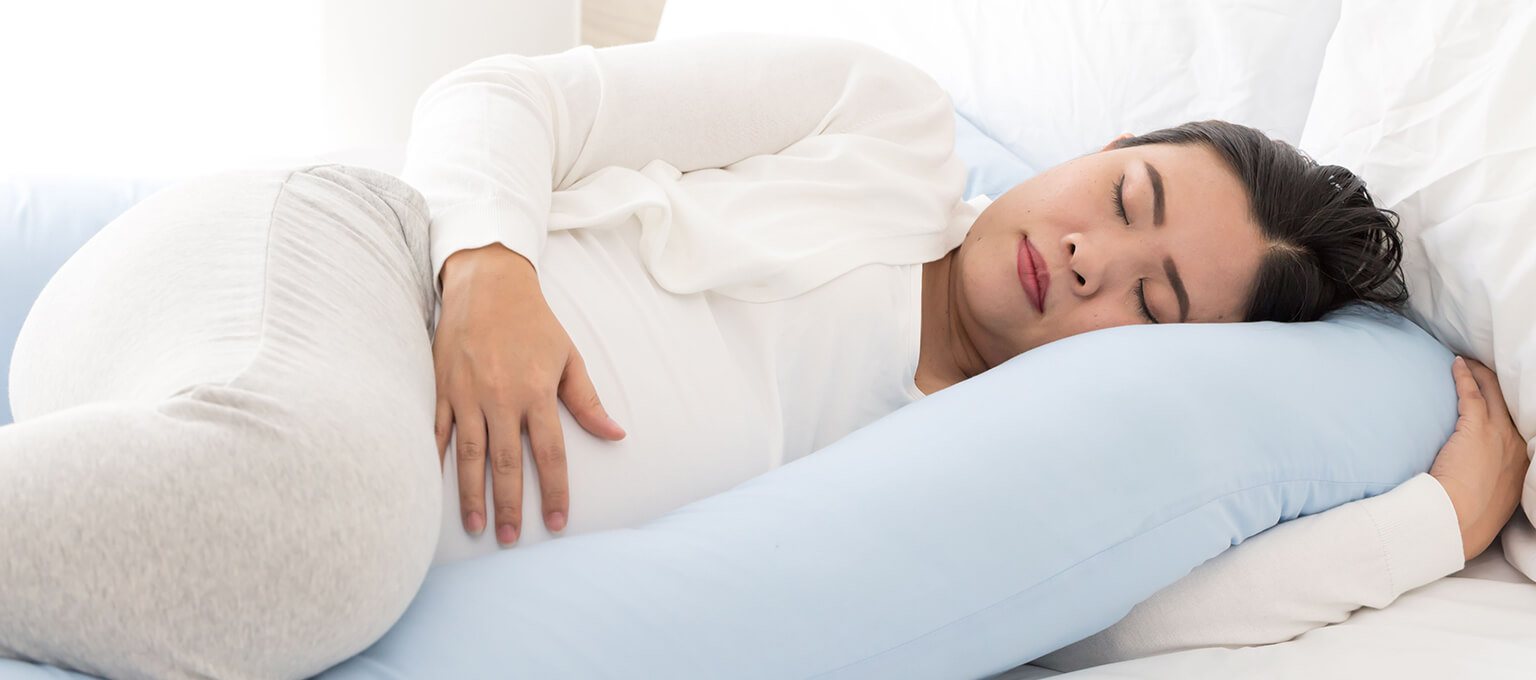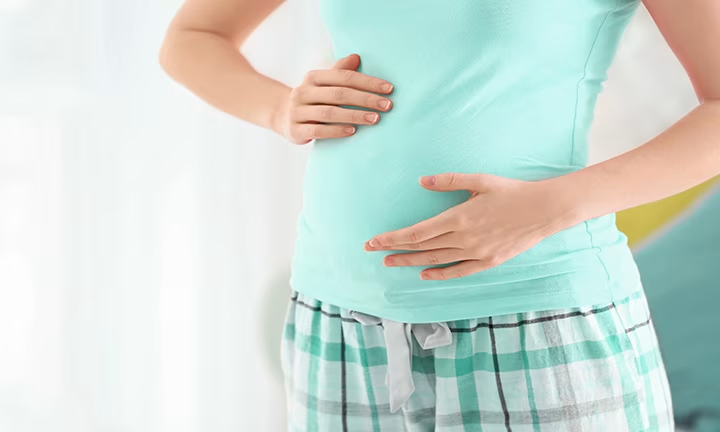
Quickening and Fetal Movement
Feeling your baby move for the first time could be one of the most special moments of your pregnancy journey.
If this is your first pregnancy, you might be wondering when you’ll start to experience those first baby flutters called quickening; when you’ll start to feel more pronounced fetal movement like kicks; and whether you need to track your baby’s movements. Read on to find out all this and more.
What Is Quickening During Pregnancy?
Sometime around your fifth month of pregnancy you may start to feel your baby’s movement for the first time — this is what’s called quickening. Moms who have been pregnant before might experience quickening a little earlier, perhaps as early as 16 weeks.
Be patient if you haven’t felt anything yet. Every pregnancy is unique and you may just have to wait a little longer. For example, first-time moms might experience quickening a little later, perhaps at around 18 weeks, or even several weeks later.
Although your baby has been moving for some time now, around the fifth month is when your baby’s muscles begin to develop and your little one will start exercising them, which is why you’re more likely to feel your baby move as you near the middle of your pregnancy.
As the weeks go by, you will start to feel your baby’s movement in much more pronounced ways. We'll provide more detail below on how fetal movement progresses throughout your pregnancy.
To read more about your baby’s week-to-week development, check out our Pregnancy Calendar.
RELATED PREGNANCY TOOL
Baby Name Generator
By gender:
By theme:
What Does Quickening Feel Like?
Quickening can feel like butterflies fluttering in your stomach, or even like a growling tummy.
If you’ve been pregnant before, you might be familiar with the fluttery feeling and so you might be aware of quickening a little earlier, perhaps closer to 16 weeks of pregnancy.
If this is your first pregnancy, you may not know what sensations to look out for, and you might not realize that you’re experiencing quickening until a little later — perhaps not until around 18 weeks or even several weeks later. This is just one example of how a second pregnancy can feel different from your first.
When Do You Feel Fetal Movement?
Toward the end of your second trimester, you might start to feel your baby being much more active. It’s no longer the fluttery feeling of quickening; instead, you might feel every jab, punch, kick, and even hiccup in a much more energetic way.
When those initial baby flutters turn to kicks, it’ll be a bonding moment that you might like to share with your partner and family members. You can invite them to place their hand on your tummy so they can feel your little one move, too.
Toward the end of your pregnancy, your baby’s movements may start to feel different once more. This time, it’s because there is less room in your uterus. So, although your baby is moving the same amount as before, it might feel different to you now.
Tip
Stay patient if you haven’t experienced quickening by 18 or 20 weeks. You’ll likely feel some fetal movement around 20 to 24 weeks, but it might be challenging to recognize as your baby is still quite tiny. It’s most common to notice any feelings of baby movement (quickening if it’s the first time) in your lower abdomen, close to the pubic bone. If you have any questions, talk to your healthcare provider about what to anticipate with early fetal movement.
Fetal Movement Counts
At some point in your pregnancy, your healthcare provider may ask you to start counting your baby’s movements, perhaps by tracking how long it takes to feel 10 kicks, for example.
Feeling your baby’s movement on a regular day-to-day basis can be a reassuring sign that everything is fine. Kick counting may be recommended if you haven’t been feeling regular movement.
How to Count Fetal Movement
Your healthcare provider will tell you how she would like you to count kicks and when to start tracking your baby’s fetal movement. Here are two possible ways to count kicks:
A good time to do kick counts is when your baby is most likely to be active, such as after you’ve eaten.
You may discover that your baby isn’t equally active from one day to the next. It doesn’t necessarily mean something is wrong — your baby could be sleeping or resting. However, if you’re ever unsure or worried, check with your provider.
Tip
If it’s daytime and you haven’t felt your baby move in a while, it could be that your baby is snoozing. Babies tend to be less active during the day, and your little one may have been lulled to sleep by your movements! Of course, check in with your healthcare provider if you have any concerns.
FAQS AT A GLANCE
Quickening is the term used to describe the fluttery sensation experienced by a mom-to-be when she first feels her baby move. It often happens between about 17 and 20 weeks of pregnancy, but as every pregnancy is unique, it may happen a little earlier or later.
The Bottom Line
Now you know how to recognize the signs of quickening, all you have to do is wait patiently for it to happen — if it hasn’t already, that is! Feeling movement is a reassuring reminder that your little one is growing and getting stronger every day. If you’re ever unsure about what you are or aren’t feeling, turn to your provider for advice.
Once your baby’s moves become stronger, you might also enjoy having your partner or loved ones place a hand on your belly to feel those little kicks and jabs. Sharing this experience will make the impending arrival of your baby seem all the more real.
- Book: Your Pregnancy and Childbirth: Month to Month, Sixth Edition Paperback – January 1, 2016, by American College of Obstetricians and Gynecologists
- Book: Guide to a Healthy Pregnancy, Second Edition Paperback – 2018 by Mayo Clinic, Myra J. Wick, M.D., Ph.D.
- Cleveland Clinic: Quickening in Pregnancy
Read more about Pregnancy
Related Articles
Join a World of Support
through Pregnancy and Parenthood.
TRACK WITH TOOLS
LEARN WITH EXPERTS
GET REWARDED
